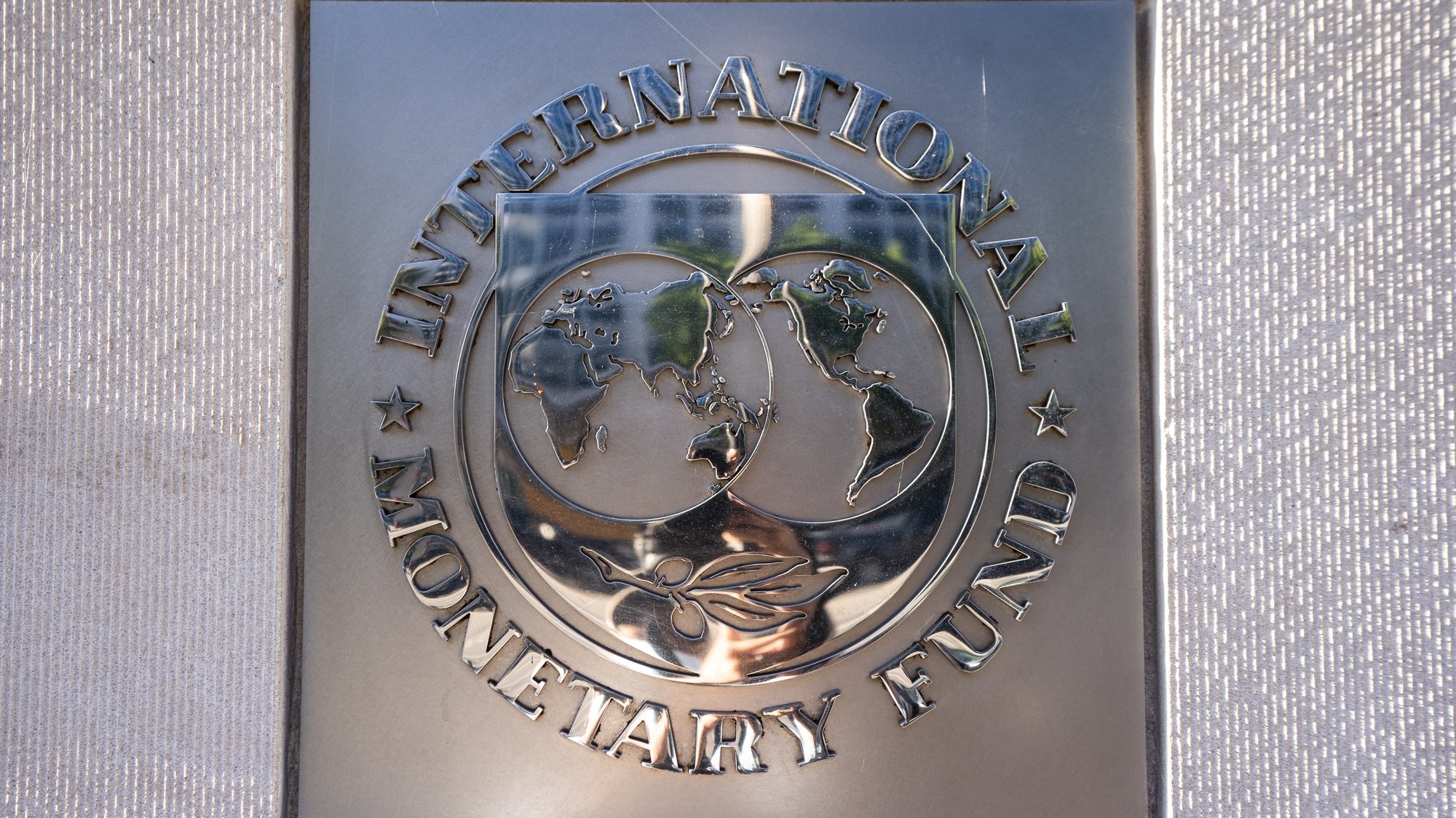The spiral of prices and wages, a mechanism in which inflation feeds the increase in wages which, in turn, fuels the increase in prices, is for now a limited risk, the International Monetary Fund (IMF) said in a report released on Wednesday.
A self-feeding of inflation through its effect on wage growth is the bane of central banks, as it would make it more difficult for their actions to curb price rises.
It is to avoid this risk that the main central banks, starting with the US Federal Reserve and the European Central Bank, proceeded to a rapid increase in interest rates, to prevent economic actors from getting ahead of themselves.
According to the IMF, the spiral has yet to materialize due to a combination of three factors: inflationary shocks remain external to the labor market, falling real wages help reduce inflation, and determined action by central banks.
Although some salary increases are observed, they are mainly a reflection of particularly low unemployment in some countries, such as the United States, where the lack of labor forces employers to offer more attractive compensation to attract employees.
To verify the existence of this risk, the report is based on the study of similar episodes in the last 50 years, and concludes that, as a general rule, there has been no spiral of wages and prices.
The IMF points out that there were even gradual increases in wages after the inflationary shock, with the aim of bringing real wages closer to the previous level.
The institution emphasizes, however, that the absence of a spiral of prices and wages should not lead leaders to not act to combat persistent inflation.
It is necessary to avoid, estimates the organization, that the forecasts of inflation that are approaching lead the workers to demand even stronger wage increases, in order to integrate the expected rise in prices.
Source: Observadora
